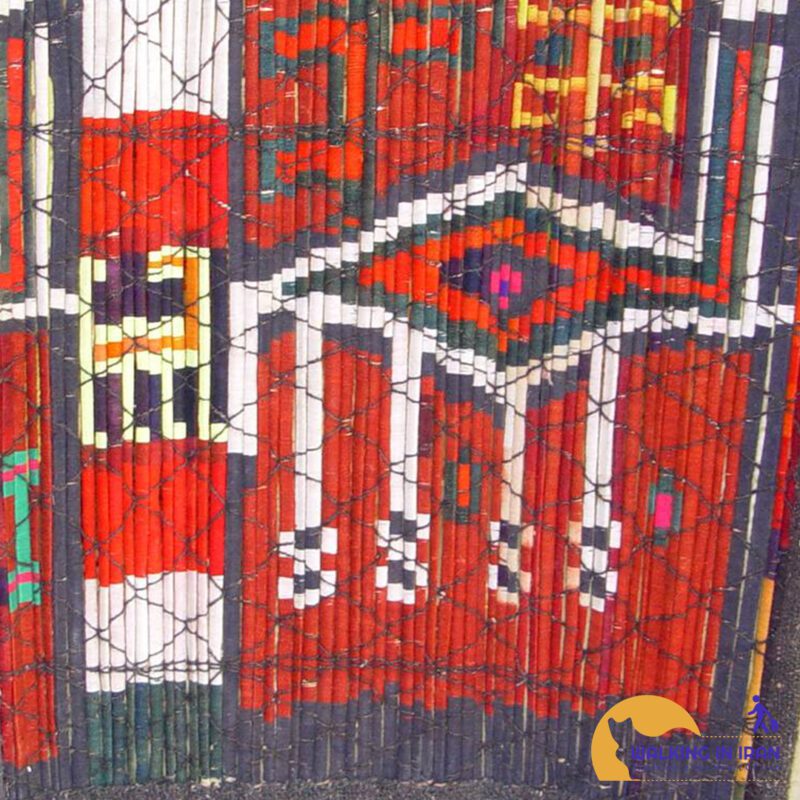Chigbafi art: a valuable heritage of Iranian nomadic culture
Chigbafi is one of the original and valuable handicrafts of Iran, which is rooted in the rich culture of the nomads and villagers of our country. This art, combining tradition and nature, is known as a practical work of art and a symbol of Iranian culture and civilization.
History and features of Chiq
The roots of chigbafi art go back to the ancient nomadic era of Iranian nomads. Nomads used chiq to protect their black tents from natural factors such as wind, rain, cold and heat. Chig is actually a mat made by weaving natural reeds and decorating it with colorful wool. This art quickly spread among the nomads due to the simplicity of the tools and raw materials and at the same time the beauty and diversity of the designs.
Materials and tools used in weaving
raw materials:
Straw: The most important raw material for weaving is collected from around rivers and wet areas.
Wool: It is used to decorate and create beautiful designs on the cloth. Colored wools are used naturally or dyed.
Tools:
Knife: for cutting and preparing straws.
Needle: for knitting wool on straws.
Scissors: To cut wool threads.
Chic designs and roles
Cheek designs are usually geometric and simple and consist of geometric shapes such as squares, rhombuses, triangles and straight lines. These designs are often inspired by nature and the weaver’s Surroundings. Some of the most common designs are:
Striped Designs: Striped designs are one of the simplest and most common chic designs.
Rhombus designs: Rhombus designs can be seen in different regions of Iran with great diversity.
Floral Designs: Floral designs inspired by the flowers and plants of the region are used in some shirts.
Chigbafi, an art rooted in nature
Weaving is an art that is directly related to nature. The straws that are used to weave chiq are collected from wet areas and along rivers. After preparation, these straws are woven together vertically and horizontally to create a durable and beautiful surface.
Screaming applications
The roof of black tents: the main use of chiq is to cover the roof of nomadic black tents. By creating an insulating layer, Chig prevents the penetration of water, wind and cold into the black tent.
Wall of tents: In some areas, chiq is also used to make the side walls of tents.
Protection of livestock: Chig is also used to make a canopy for livestock against the sun and rain.
Decorations: Decorative vines with various designs and colors are used as a decorative element in homes and gardens.
All kinds of screams
Simple chiq: This type of chiq is woven using simple and undecorated straws and is mostly used for general applications.
Decorative cheek: This type of cheek is created by using dyed reeds and decorating it with colorful wool, creating very beautiful and delicate designs.
Wall screech: This type of screech is hung on the wall and is usually used as a work of art and decoration.


